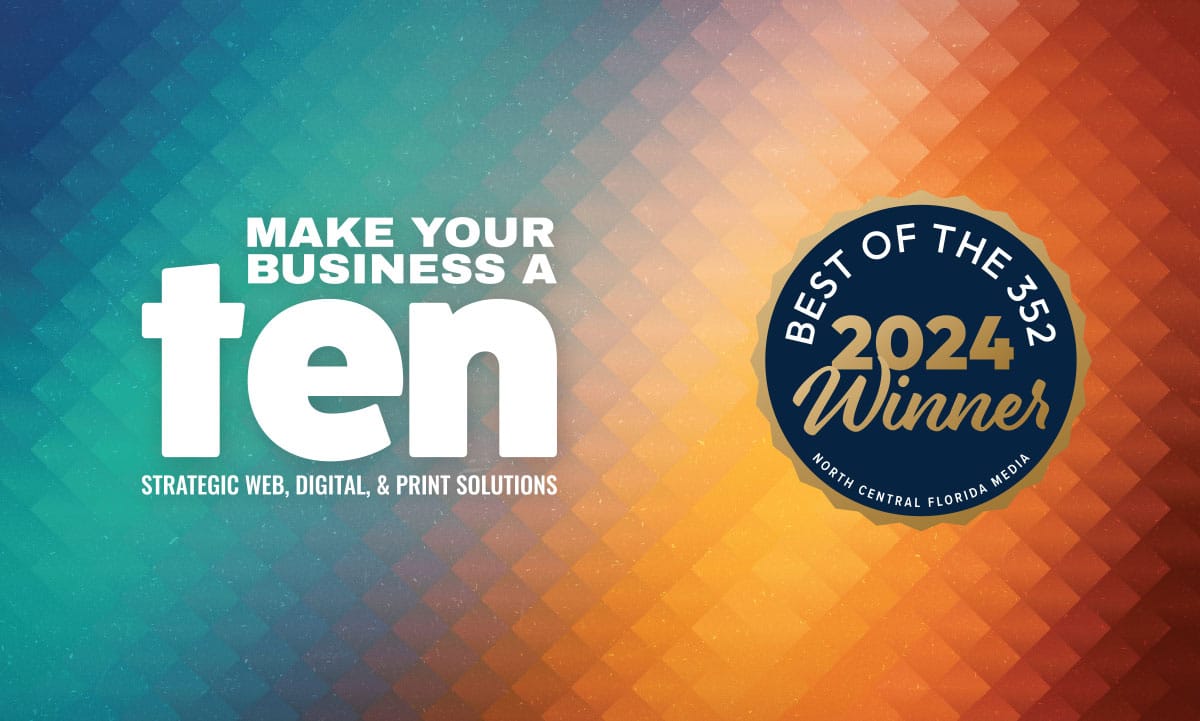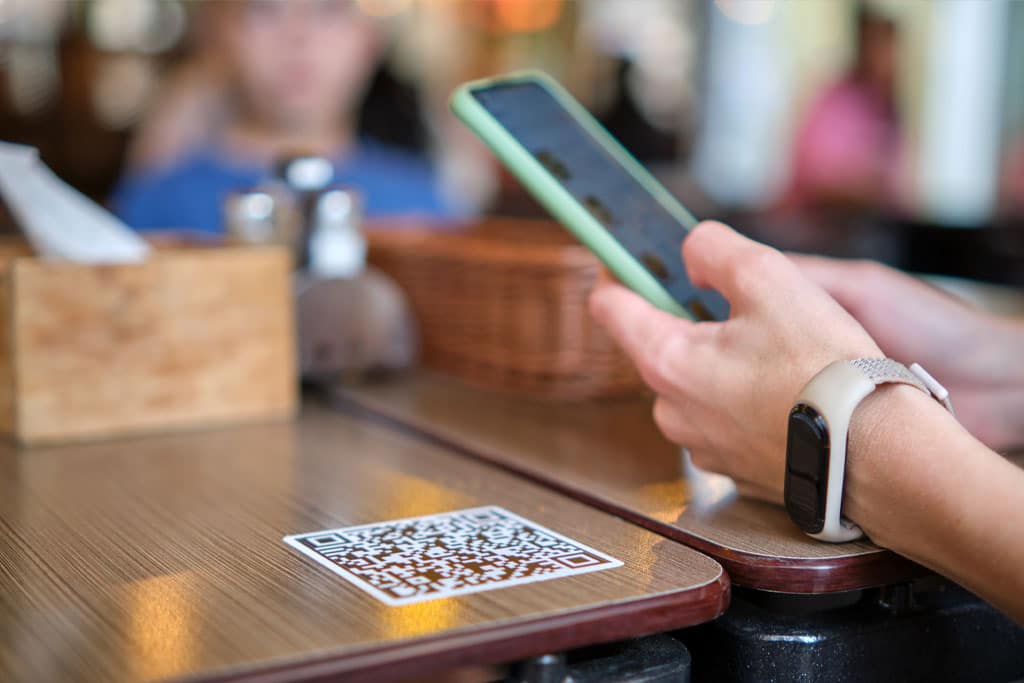Are Business Cards Still Relevant in 2025?
As we begin 2025, technology dominates nearly every aspect of our lives, from how we connect to how we share information. Digital networking platforms, QR codes, and contactless solutions have reshaped the way we interact professionally. In this tech-driven era, it’s easy to question the role of traditional business cards.
However, business cards have evolved alongside these digital tools, offering a unique, tangible way to create lasting impressions. This article explores the enduring relevance of business cards, their modern innovations, and how they complement digital solutions in today’s professional world.
A Digital World Meets a Tangible Tradition
As the professionals embrace digital solutions for networking, business cards maintain a unique role as a bridge between the physical and digital media. While apps and online profiles offer convenience, they lack the personal touch that physical interactions provide. Business cards create a tangible connection, turning a handshake into a lasting memory.
According to Small Business Trends, 72% of professionals judge a company or individual based on the quality of their business card. This statistic underscores their continued impact, especially in face-to-face interactions where first impressions matter most. Unlike digital exchanges, a physical card allows for creativity and personality, offering a tactile experience that is hard to replicate with a smartphone screen.
Moreover, in cultures that value formalities and tradition, such as Japan, business card exchanges (known as “meishi koukan“) remain an essential ritual, signifying respect and professionalism.

Why Business Cards Remain Relevant
Business cards may seem like a small detail, but their impact on networking and professional relationships is undeniable.
Here are three key reasons why they remain relevant in 2025:
Professionalism in Every Pocket
Handing over a business card is a time-honored gesture that conveys professionalism and preparedness. It signals to others that you take your work seriously and value direct connections. Unlike digital exchanges, which can sometimes feel transactional or impersonal, a physical card creates a personal touch that sets you apart.
For example, a well-designed business card shared during a meeting or at a networking event can reinforce your personal brand, leaving a lasting impression long after the conversation ends.
The Networking Event Essential
Networking events are often fast-paced, with dozens or even hundreds of people exchanging information. In such scenarios, business cards remain a simple and efficient way to share your contact details. While smartphones and digital platforms offer alternatives, technical hiccups like poor internet connectivity or incompatible apps can make the process cumbersome. A physical card avoids these issues and serves as an instant exchange of information.
Making a Strong First Impression
Your business card is often the first tangible representation of your brand. A unique, thoughtfully designed card can capture attention and act as a conversation starter. For instance, an architect might use cards with textured designs that mimic building materials, or a graphic designer might opt for bold typography and vibrant colors. These design choices speak volumes about your creativity and professionalism.
Innovations in Business Card Design
Business cards have evolved beyond simple pieces of paper. Modern advancements in design and technology have transformed them into multifunctional tools that bridge the gap between the physical and digital worlds. Here’s how business cards are keeping up with the times:
QR Codes: A Gateway to Digital Profiles
QR codes have become a staple on modern business cards, offering an effortless way to connect digitally. A quick scan can direct recipients to a website, portfolio, LinkedIn profile, or even a custom landing page. This feature not only saves space on the card but also ensures that recipients have instant access to up-to-date information.
For example, entrepreneurs like Alex Lieberman, founder of Morning Brew, incorporate QR codes on their business cards to seamlessly link to company resources and personal achievements.
NFC Technology: Tap and Connect
Near Field Communication (NFC) technology is redefining the functionality of business cards. NFC-enabled cards allow recipients to retrieve contact details or other data by simply tapping the card on their smartphone. This eliminates the need for manual input, creating a seamless and impressive experience.
Eco-Friendly Materials: Sustainability Meets Professionalism
As businesses prioritize sustainability, the use of recycled paper, seed paper (which can be planted), and biodegradable plastics is growing. Eco-friendly materials align with the values of environmentally conscious professionals, offering a way to make an impact while minimizing waste.
Creative Design Elements
Modern business cards often feature creative elements like raised print, embossed logos, and unique shapes to stand out. Some even incorporate augmented reality (AR) capabilities, allowing recipients to view 3D visuals or videos by scanning the card.
Challenges to Consider
While business cards remain a valuable tool, they face some challenges in the modern professional landscape. Here are the key considerations:
The Rise of Digital Alternatives
Digital platforms like LinkedIn, virtual business cards, and contact-sharing apps are becoming increasingly popular. These solutions allow professionals to exchange details instantaneously, update their contact information in real-time, and avoid the physical clutter of storing paper cards. For example, apps like HiHello and CamCard enable users to create and share virtual cards with just a tap or scan.
This shift raises the question: are physical business cards becoming obsolete? The answer largely depends on individual preferences and industries, as some professionals still value the personal touch of a tangible card.
Environmental Concerns
With global attention on sustainability, traditional paper-based cards may be seen as wasteful. It’s estimated that 10 billion business cards are printed annually, with 88% discarded within a week. These numbers highlight the need for more sustainable practices, such as using recycled or plantable materials.
Balancing Cost and Innovation
Incorporating advanced features like NFC chips or premium materials can drive up the cost of business cards. While these enhancements make cards more impactful, professionals on a tight budget may struggle to justify the expense. Striking a balance between affordability and innovation is a challenge for many.
The Hybrid Approach: Best of Both Worlds
In 2025, professionals are finding that a combination of physical and digital networking tools offers the best results. By blending traditional business cards with modern technology, you can maximize your networking potential while staying adaptable to different preferences.
Use Physical Cards for In-Person Networking
Despite the digital shift, face-to-face interactions remain a cornerstone of professional relationships. Physical business cards excel in these scenarios by providing a tangible reminder of your meeting. Handing over a card during conferences, trade shows, or client meetings reinforces the personal connection.
Leverage Digital Cards for Virtual Interactions
Virtual business cards are gaining traction in online meetings and email communication. Including a link to a digital card in your email signature or virtual conference profile ensures that your contact information is readily accessible, even in remote settings.
Integrate Technology for a Seamless Experience
Modern business cards can act as a gateway to your digital presence. Adding QR codes or NFC technology bridges the gap between physical and digital, allowing recipients to access your website, social media, or portfolio with a single scan or tap. This approach combines the best attributes of both worlds, making networking more efficient and versatile.
Cater to Diverse Preferences
Not everyone is comfortable with digital tools, and some industries still value tradition. By offering both physical and digital options, you can cater to the needs of a broader audience while enhancing your professional image.
Tips for Making Your Business Card Stand Out in 2025
To ensure your business card leaves a lasting impression in 2025, focus on design, quality, and functionality. Here are some practical tips to make your card unforgettable:
Keep It Minimalist and Impactful
Simplicity is key in modern design. Avoid clutter by focusing on essential details such as your name, title, contact information, and a single standout element, like a logo or tagline. A clean, uncluttered design exudes professionalism and ensures your information is easy to read.
Choose High-Quality Materials
Investing in premium materials sets your card apart from standard options. Cards made with textured finishes, heavy cardstock, or eco-friendly materials feel more substantial and communicate a sense of quality. These subtle details make a powerful impression.
Incorporate Modern Features
Enhance your card’s functionality with features like:
- QR Codes: Direct recipients to your website, social media, or portfolio.
- NFC Chips: Enable instant digital contact sharing with a smartphone tap.
- Augmented Reality (AR): Use AR elements to showcase videos, 3D models, or additional information.
Add a Personal Touch
Custom details like embossed text, foil accents, or die-cut shapes make your card truly unique. These design elements reflect your personality and brand, helping you stand out in a crowded networking environment.
Align Your Design with Your Brand
Your business card should visually represent your brand’s identity. Use colors, fonts, and imagery consistent with your overall branding to create a cohesive and memorable impression.
Conclusion
Business cards continue to bridge the gap between traditional networking and modern innovation. They remain a powerful tool for creating personal connections, making strong first impressions, and leaving a tangible reminder of your brand in a digital-first world.
While digital solutions provide convenience, business cards offer something irreplaceable: the ability to connect on a human level. With advancements like QR codes, NFC technology, and sustainable materials, these cards have evolved to meet the demands of modern professionals while maintaining their timeless appeal.
If your business cards feel outdated, now is the perfect time to revamp them. Incorporating cutting-edge features and thoughtful design can ensure your card stands out and aligns with your professional goals.
Are you ready to create business cards that make an impact? Whether physical, digital, or a hybrid approach, investing in well-crafted business cards will keep you memorable and connected in 2025.

